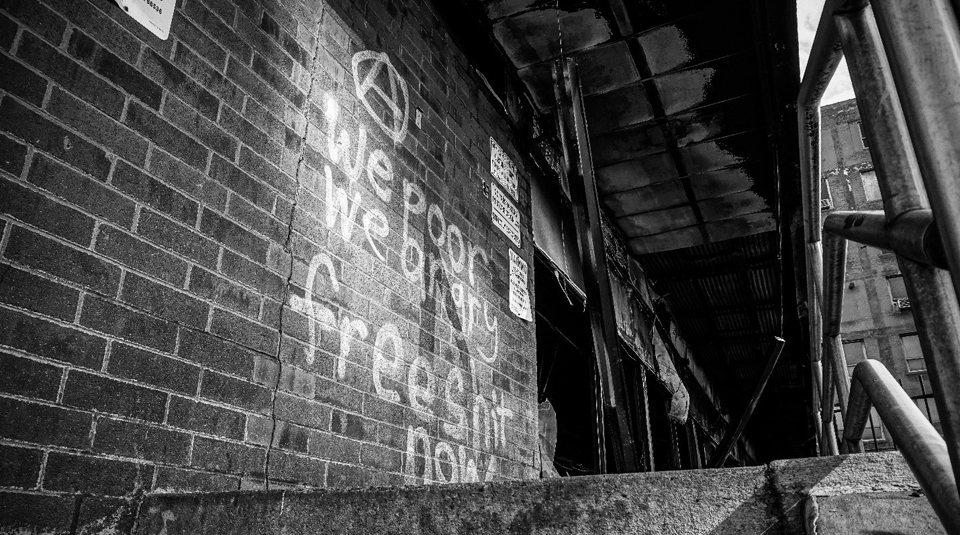
ST. LOUIS—The night before last was filled with tumultuous, wholly justified, demonstrations against racism and the murder of another Black man by law enforcement; it ended with the eruption of flames and gunfire—accompanying similar scenes nationwide.
It is the morning after. The smell of tear gas, damp wood, gun powder, and chemical fire retardant still lingers in the air. Before us lies a burnt out 7-11 convenience store. Some would say its image is a representation of property destruction, which of course it is, but it’s something much bigger and more important. It is a tangible representation of the visceral and visible pain, anger, and suffering of a community beset by systemic injustices—past and present.

Inanimate structures can be rebuilt. An innocent Black life violently ended by law enforcement cannot. Death is final.
And yet somehow, in a week, the reason “why” these demonstrations are taking place has been drowned out in the minds of many, overtaken by wrongly-placed fury over the destruction of things.
The Philadelphia Inquirer’s architecture critic, Inga Saffron, posed the following question in a column—the headline of which was changed twice after publication for its insensitivity and inappropriateness: “Does the destruction of buildings matter when black Americans are being brazenly murdered in cold blood by police and vigilantes?”
One would think the answer she gives might be: “Property destruction pales in comparison when compared to Black lives.”
Instead, over 800 words were given to insisting that, while the murder of Black Americans at the hands of police is wrong, “The momentary satisfaction of destroying a few buildings does nothing to remove those structures [of racism].”

The column waxes and wanes over the scars such destruction will leave on the city’s urban landscape, and, to be fair, does cite some notable examples of how past protests preceded a drying-up of businesses in minority areas. But it gives short shrift to a more destructive power that disproportionality affects Black neighborhoods: Gentrification.
Greed and the desire to create the next avant-garde city have done more harm than good for Black communities; but yes, let’s just focus on property destruction…it dominates the headlines and the visuals put in front of us.
Watching the destruction of private property in real time, and through still images, gives those privileged enough to watch from the comfort of their homes a particular feel of the horrors taking place outside their doors. Undoubtedly, that pushes a change in the public narrative from protesting injustice to defeating lawlessness and violence.

Observing the early morning crowds looking at and discussing the shell of a building, I noticed two distinct reactions—a clear representation of how divided we are.
A Black woman wearing her Securitas uniform, likely a member of the Service Employees union, described the scene as terrible, an “inconvenience,” but nothing close to the murder of Black men and women. The white residents of a slightly newer high-rise apartment building nearby were merely appalled at the destruction, never even mentioning the murder of George Floyd.
The photographs documenting these moments, the ones we see, do not lay out their intent nor meaning. That is left up to us.
And as you look at the photographs here, I ask that you view them not as property destruction, but rather the visualization of pain from the violent acts committed by law enforcement against Black lives and all oppressed minority communities.















